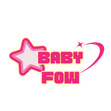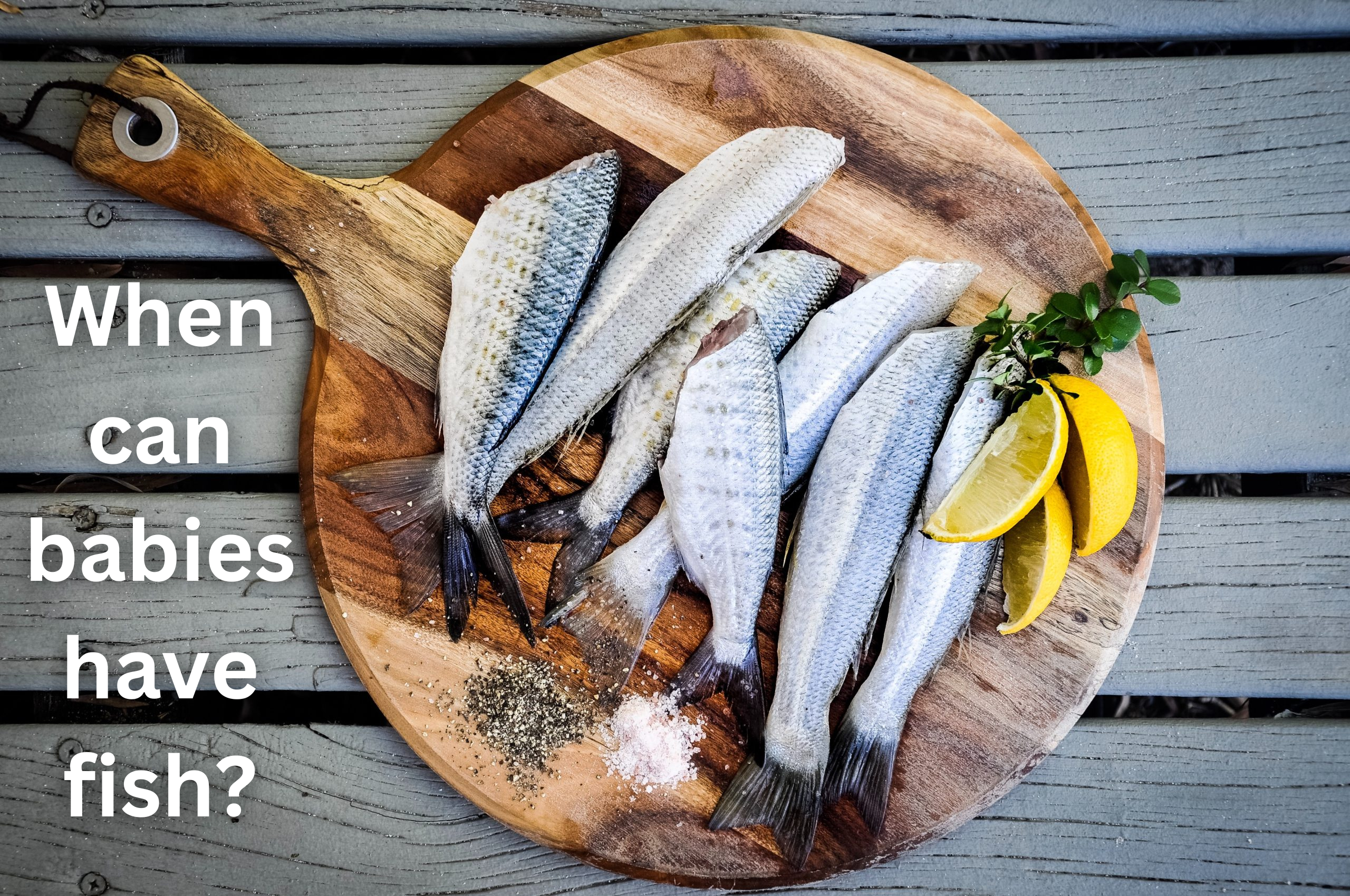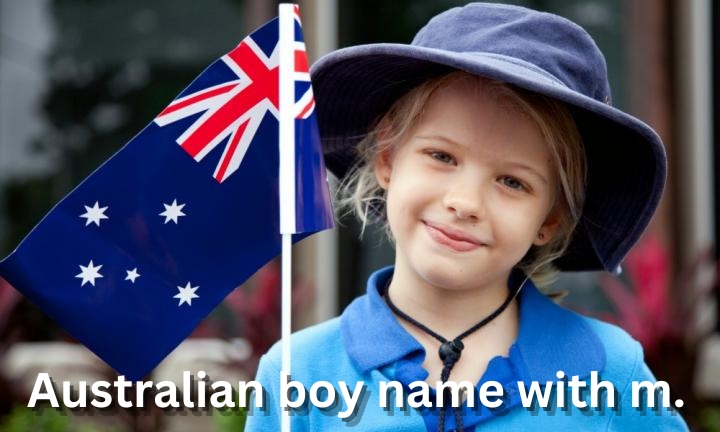When Can Babies Have Fish?
Introducing solid foods to your baby is an exciting milestone. As a parent, you want to make sure your little one gets all the nutrients they need for healthy growth and development. One common question parents have is: when can babies have fish? In this article, we’ll dive into this topic, providing you with all the information you need to make an informed decision.
Why Consider Fish for Your Baby?
Fish is a great source of protein, omega-3 fatty acids, and essential vitamins and minerals. These nutrients are crucial for your baby’s brain development, vision, and overall health. However, introducing fish to your baby’s diet must be done carefully to avoid potential risks such as allergies and exposure to mercury.
Benefits of Fish
Here are some benefits of including fish in your baby’s diet:
- Rich in Omega-3 Fatty Acids: These are essential for brain development and cognitive function.
- High-Quality Protein: Necessary for growth and muscle development.
- Vitamins and Minerals: Fish is packed with vitamins D, B2 (riboflavin), calcium, phosphorus, and iron.
When to Introduce Fish to Your Baby’s Diet
The American Academy of Pediatrics (AAP) suggests that fish can be introduced to babies around 6 months of age, similar to other solid foods. However, it’s essential to consider the type of fish and how it’s prepared.

Types of Fish to Introduce
Not all fish are equally suitable for babies. Some types are higher in mercury or have a higher risk of causing allergies. Here’s a list of safe fish to start with:
- Salmon
- Tilapia
- Cod
- Catfish
- Trout
Fish to Avoid
Certain fish should be avoided due to high mercury levels or potential allergens. These include:
- Shark
- Swordfish
- King Mackerel
- Tilefish
How to Prepare Fish for Your Baby
Preparation is key when introducing fish to your baby’s diet. Here are some tips to ensure it’s safe and palatable:
- Cook Thoroughly: Make sure the fish is fully cooked to kill any bacteria or parasites.
- Remove Bones: Fish bones can be a choking hazard, so ensure all bones are removed before serving.
- Mash or Puree: For younger babies, mash or puree the fish to make it easier to swallow.
- Avoid Added Salt and Spices: Babies’ kidneys are not fully developed, so avoid adding salt or strong spices.
Allergy Considerations
Fish allergies can be a concern for some babies. It’s essential to introduce fish gradually and monitor for any allergic reactions. Symptoms of a fish allergy can include:
- Hives or rash
- Swelling of the face or lips
- Difficulty breathing
- Vomiting or diarrhea
If you notice any of these symptoms, stop feeding fish and consult your pediatrician immediately.
Introducing Fish: Step-by-Step Guide
- Start Small: Begin with a small amount of fish to see how your baby reacts.
- Wait and Watch: Wait a few days before introducing another new food to monitor for any adverse reactions.
- Gradually Increase: If there are no signs of allergies, gradually increase the amount of fish in your baby’s diet.
Nutritional Breakdown: Fish for Babies
Here’s a table showcasing the nutritional content of some popular baby-friendly fish:
| Fish Type | Omega-3 Fatty Acids (mg per 100g) | Protein (g per 100g) | Mercury Level |
|---|---|---|---|
| Salmon | 1,500 | 20.4 | Low |
| Tilapia | 200 | 26 | Low |
| Cod | 200 | 18 | Low |
| Catfish | 220 | 18 | Low |
| Trout | 1,000 | 20 | Low |
Tips for Introducing Fish to Your Baby
- Mix with Familiar Foods: Combine fish with foods your baby already likes, such as mashed vegetables or rice.
- Be Patient: It may take a few tries before your baby accepts fish. Keep offering it in small amounts.
- Stay Positive: Babies can pick up on your emotions. Stay positive and encouraging during meal times.
READ MORE :
When Can Babies Eat Cheese.
Common Concerns About Feeding Fish to Babies
Introducing fish to your baby’s diet can raise several concerns. Let’s address some of the common worries parents have:
Mercury Levels
Mercury is a toxic metal found in certain fish. High levels can affect your baby’s developing nervous system. To minimize the risk, choose fish that are low in mercury, such as:
- Salmon
- Tilapia
- Cod
- Catfish
- Trout
Choking Hazards
Fish bones can be a choking hazard for babies. Always ensure that the fish you serve is thoroughly deboned. For younger babies, it’s best to puree the fish to avoid any risk.
Allergies
Fish is one of the common allergens. Introduce fish gradually and watch for any signs of an allergic reaction. If your baby has a history of food allergies, consult your pediatrician before introducing fish.
Easy Fish Recipes for Babies
Here are some simple and nutritious fish recipes that are perfect for babies:
Salmon Puree
Ingredients:
- 1 small salmon fillet
- 1 cup of water
Instructions:
- Steam the salmon until fully cooked.
- Remove any bones and skin.
- Blend the salmon with water until smooth.
Fish and Vegetable Mash
Ingredients:
- 1 small fish fillet (cod or tilapia)
- 1 cup of mixed vegetables (carrots, peas, potatoes)
- 1 cup of water or vegetable broth
Instructions:
- Steam the fish and vegetables until tender.
- Remove any bones from the fish.
- Mash the fish and vegetables together, adding water or broth for desired consistency.
Fish Rice Porridge
Ingredients:
- 1/2 cup of rice
- 1 small fish fillet (catfish or trout)
- 1 cup of water
- 1 small piece of ginger (optional)
Instructions:
- Cook the rice until soft.
- Steam the fish until fully cooked and remove any bones.
- Mix the cooked rice and fish together.
- Add a small piece of ginger for flavor (optional).
Making Fish Fun for Picky Eaters
If your baby is a picky eater, introducing fish can be challenging. Here are some tips to make fish more appealing:
- Create Fun Shapes: Use cookie cutters to shape fish fillets into fun shapes.
- Involve Your Baby: Let your baby touch and explore the fish before eating.
- Flavor It Up: Add a small amount of baby-friendly herbs like dill or parsley.
Frequently Asked Questions
Can I Give My Baby Canned Fish?
Canned fish, such as tuna or salmon, can be given to babies, but it’s essential to choose varieties that are low in mercury and free from added salt and preservatives.
How Often Should I Feed My Baby Fish?
Fish can be a part of your baby’s diet 1-2 times a week. Ensure variety by mixing it with other protein sources like chicken, beans, and tofu.
Is Fish Oil Safe for Babies?
Fish oil supplements are not recommended for babies unless prescribed by a pediatrician. Instead, focus on providing omega-3 fatty acids through natural fish sources.
Conclusion
Introducing fish to your baby’s diet can be a nutritious addition, providing essential nutrients for their growth and development. Start with safe, low-mercury fish around 6 months of age, prepare it properly, and monitor for any allergic reactions. With patience and care, fish can become a healthy part of your baby’s diet.Remember, every baby is different. Consult with your pediatrician if you have any concerns or questions about introducing fish to your little one. Happy feeding!









Pingback: What Size Is 80 In Baby Clothes - Babyfow.com